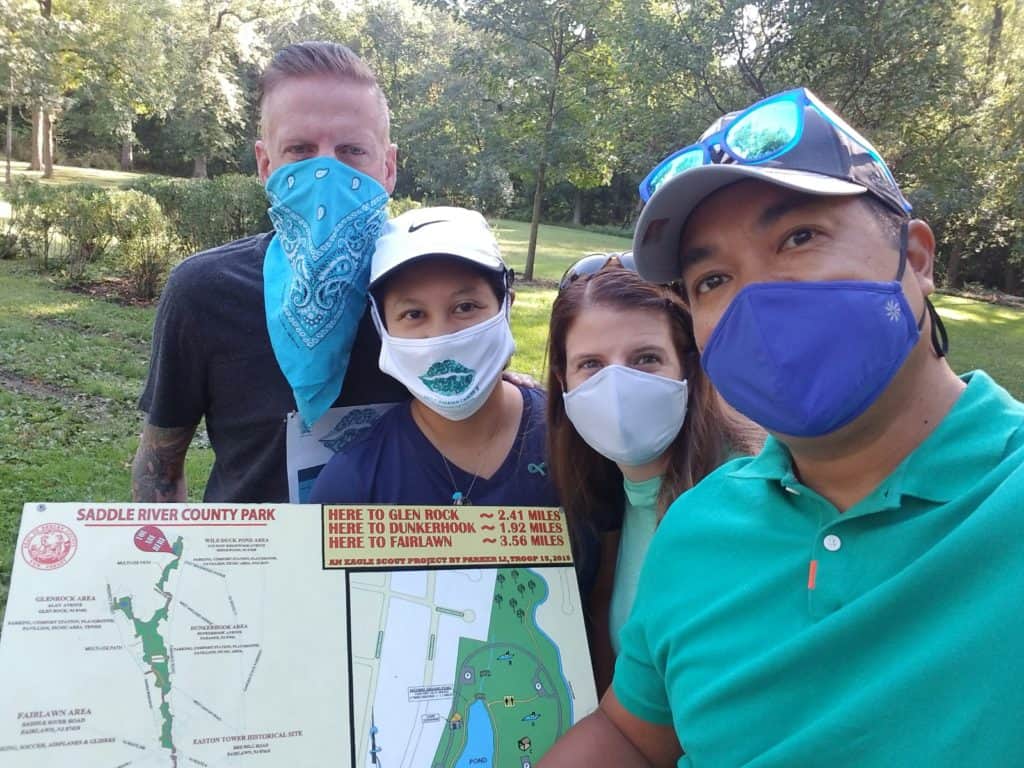“Tell Every Amazing Lady”: September is Ovarian Cancer Awareness Month

Ovarian cancer ranks fifth in cancer deaths among women, accounting for more deaths than any other cancer of the female reproductive system. A woman’s risk of getting ovarian cancer during her lifetime is about 1 in 78. The American Cancer Society estimates that, in 2020:
- About 21,750 women in the US will receive a new diagnosis of ovarian cancer.
- About 13,940 women in the US will die from ovarian cancer.
The symptoms of ovarian cancer are often vague and subtle, making it difficult to diagnose. The most common symptoms include:
- Bloating
- Pelvic or abdominal (belly) pain
- Trouble eating or feeling full quickly
- Urinary symptoms such as urgency (always feeling like you have to go) or frequency (having to go often)
Others less common symptoms of ovarian cancer can include the following, but can also be related to other issues:
- Fatigue (extreme tiredness)
- Upset stomach
- Back pain
- Pain during sex
- Constipation
- Changes in a woman’s period, such as heavier bleeding than normal or irregular bleeding
- Abdominal (belly) swelling with weight loss
I was 27 years old when I was diagnosed with ovarian cancer in 2005. Luckily for me, it was caught early, at stage 1. My surgeon at the time recommended that I have surgery to take my left ovary and fallopian tube out (called a salpingo-oophrectomy) and then to have chemotherapy for a few months. Two years later, I ended up getting a total hysterectomy through the abdomen.


There are different types of approaches for hysterectomy.
- Total Hysterectomy: Removal of the entire uterus and the cervix and the ovaries and fallopian tubes may or may not be spared.
- Partial/Subtotal/Supracervical Hysterectomy: Removal of only the upper part of the uterus and the cervix is spared and the ovaries and/or fallopian tubes may or may not be removed.
- Radical Hysterectomy: Removal of the uterus, cervix, tissue around the cervix, and the upper part of the vagina. The fallopian tubes may or may not be removed.
There are different surgical approaches for a hysterectomy:
- Abdominal: An incision (cut) is made in the abdomen to remove the uterus.
- Vaginal: An incision (cut) is made in the upper vagina, and the uterus is removed through the cut.
- Laparoscopic: A laparoscope, a lighted tube with a camera, will be used. Many small incisions will be made in the abdomen where the tool(s) is inserted.
- Robotic: The surgeon controls a robotic arm to perform the surgery through small incisions.
Following surgery, women can be put into menopause, leading to experiences of hot flashes, insomnia, and night sweats, as well as vaginal dryness. Long term side effects of hysterectomy include possibility of prolapse, decreased sex drive, and painful intercourse due to a decrease in estrogen in the body. Pelvic floor physical therapy can be indicated to help to help women post-hysterectomy to assess the muscle tone and strength of the pelvic floor muscles as well as decrease scar adhesions and swelling that may lead to pain.
For more information regarding ovarian cancer:
- National Ovarian Cancer Coalition http://ovarian.org/
- American Cancer Society https://www.cancer.org/cancer/ovarian-cancer.html
Written by Roseanne Cruz Schoen, PT, DPT







